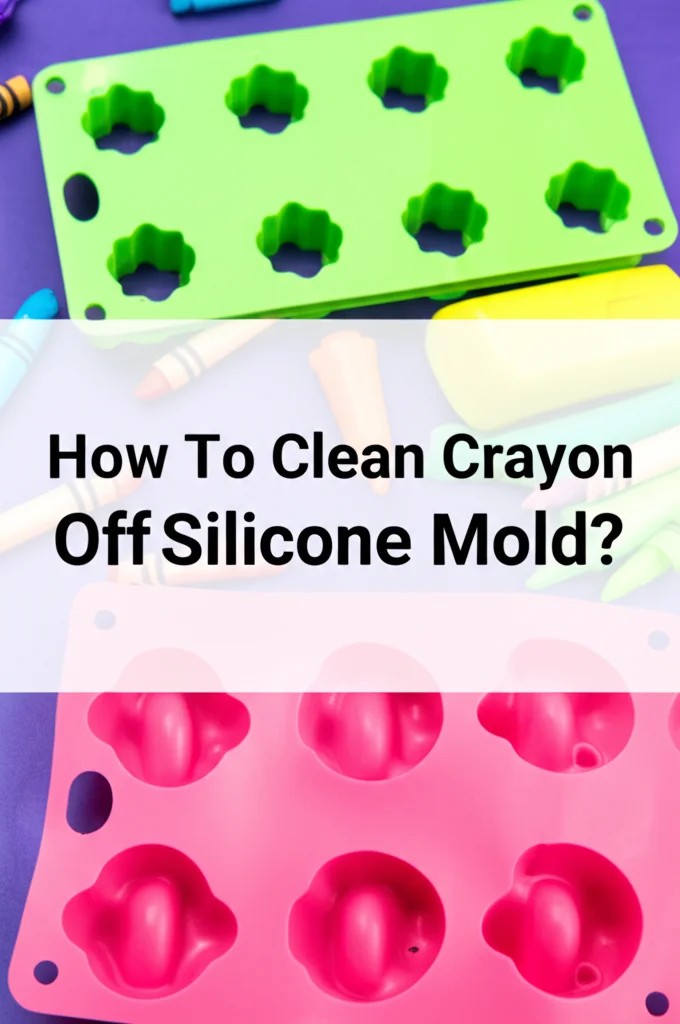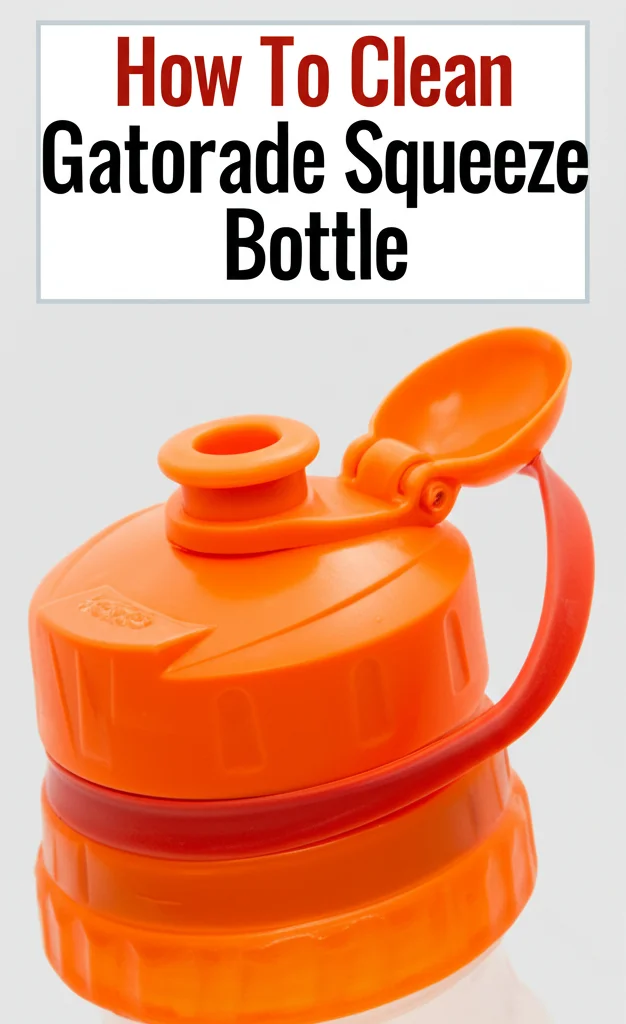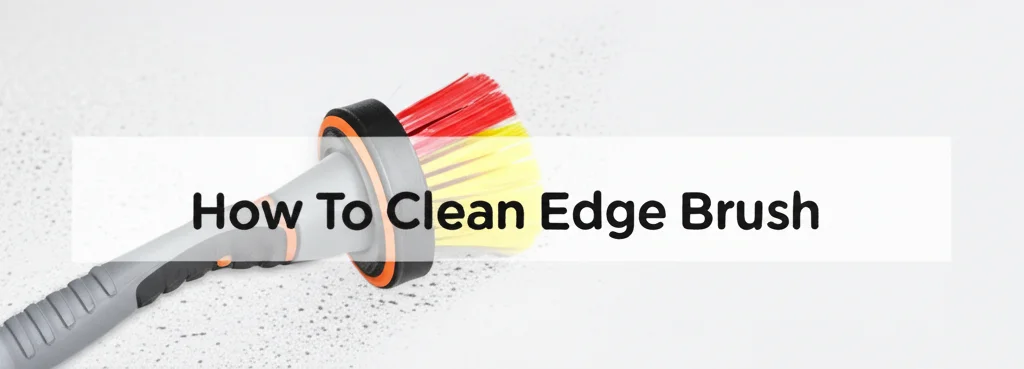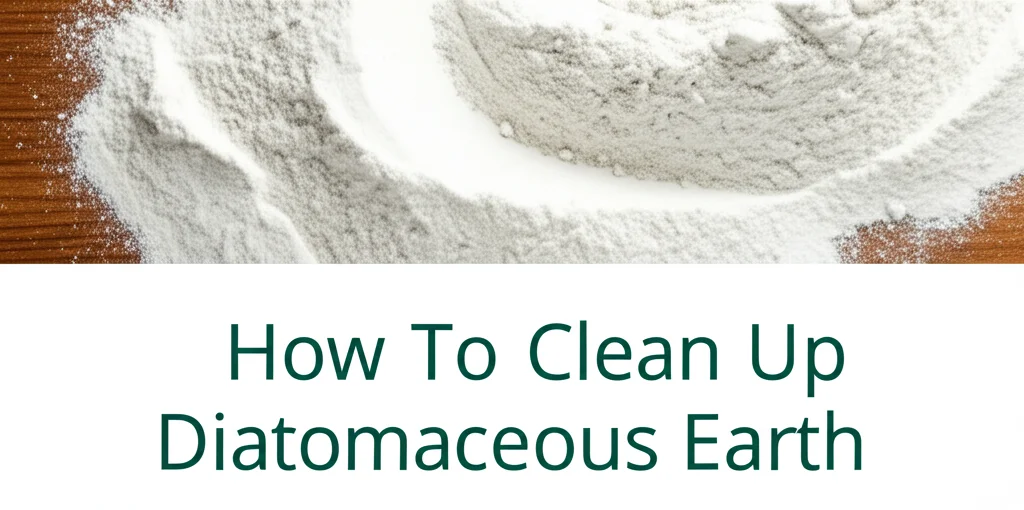· Cleaning Tips · 7 min read
How To Clean Crayon Off Silicone Mold?

How To Clean Crayon Off Silicone Mold?
Ever let little artists loose with crayons and a silicone mold? It’s a recipe for fun…and a bit of a cleanup challenge! Getting crayon out of those flexible molds can seem tricky, but don’t worry. This article will show you several effective methods to clean crayon off silicone molds, restoring them to their pristine condition. We’ll cover everything from simple soap and water to more intensive techniques, ensuring your molds are ready for your next creative project. Let’s dive in and get those molds sparkling clean!
Takeaway:
- Warm, soapy water is often enough for fresh crayon marks.
- For stubborn residue, try baking soda paste or a gentle oil.
- Avoid abrasive cleaners that can damage the silicone.
- Dishwasher use is possible, but check mold instructions first.
Quick Answer:
Cleaning crayon off a silicone mold is usually straightforward. Start with warm, soapy water and a soft sponge. For tougher marks, create a paste of baking soda and water, gently scrub, and rinse thoroughly. Avoid harsh chemicals or abrasive tools to protect the mold’s integrity.
Why Silicone Molds Attract Crayon – And Why Cleaning Matters
Silicone molds are fantastic for crafting, especially with kids. Their flexibility makes releasing creations easy, but that smooth surface also attracts crayon wax. Crayon wax sticks to silicone because of its adhesive properties. The wax molecules bond with the silicone, making it harder to remove.
Leaving crayon residue on your molds isn’t ideal. It can affect the quality of future casts, leaving unwanted color or texture. Plus, buildup can make it increasingly difficult to release new creations. Regular cleaning ensures your molds stay in top shape and continue to deliver beautiful results. Keeping your molds clean also extends their lifespan, saving you money in the long run.
The First Line of Defense: Warm Soapy Water
Often, the simplest solution is the best. If you catch the crayon marks while they’re still fresh, warm, soapy water can work wonders. Fill your sink with warm water and add a squirt of dish soap. Submerge the silicone mold and let it soak for 5-10 minutes.
This soaking time helps to loosen the crayon wax. After soaking, use a soft sponge or cloth to gently scrub the affected areas. Avoid abrasive scrubbers, as these can scratch the silicone. Rinse the mold thoroughly with clean water and allow it to air dry. This method is perfect for routine cleaning and preventing stubborn buildup. You can also find more information on general cleaning solutions at https://www.beacleaner.com/how-to-clean-kitchen-mats/.
Baking Soda Paste: A Gentle Abrasive Solution
When soapy water isn’t enough, baking soda paste is your next best friend. Baking soda is a mild abrasive that can help lift stubborn crayon residue without damaging the silicone. To make the paste, combine baking soda with a small amount of water until you achieve a thick, spreadable consistency.
Apply the paste to the crayon-covered areas of the mold. Gently scrub with a soft brush or cloth, using circular motions. The baking soda will work to break down the wax. Rinse the mold thoroughly with warm water, ensuring all traces of baking soda are removed. This method is particularly effective for crayon that has been sitting on the mold for a while.
Oil to the Rescue: Dissolving Crayon Residue
Crayon is oil-based, so it makes sense to fight oil with oil! Using a gentle oil, like vegetable oil or baby oil, can help dissolve the crayon residue. Apply a small amount of oil to the affected areas of the silicone mold.
Let the oil sit for 10-15 minutes, allowing it to penetrate the wax. Then, use a soft cloth or paper towel to wipe away the dissolved crayon. You may need to repeat this process for particularly stubborn areas. Finally, wash the mold with warm, soapy water to remove any remaining oil residue. This method is excellent for intricate mold designs where scrubbing might be difficult. If you’re dealing with other sticky residues, you might find this article helpful: https://www.beacleaner.com/how-to-remove-sticky-residue-from-vinyl-flooring/.
Dishwasher Cleaning: Convenience with Caution
Many silicone molds are dishwasher safe, offering a convenient cleaning option. However, it’s crucial to check the manufacturer’s instructions before placing your molds in the dishwasher. Some molds may be sensitive to high temperatures or harsh detergents.
If your mold is dishwasher safe, place it on the top rack to avoid direct heat exposure. Use a mild detergent and avoid using the heated drying cycle, as this can potentially warp the silicone. While convenient, dishwasher cleaning may not be as effective for heavily soiled molds as hand washing.
Preventing Future Crayon Chaos: Protective Measures
Prevention is always better than cure! Here are a few tips to minimize crayon messes and make future cleanups easier:
- Cover Your Work Surface: Protect your crafting area with a tablecloth or newspaper.
- Use a Crayon Holder: Encourage kids to use crayon holders to keep tips from breaking and spreading wax.
- Clean Up Immediately: Address crayon marks as soon as they happen, before they have a chance to set.
- Dedicated Molds: Consider having a set of molds specifically for crayon projects, so you don’t worry about contaminating molds used for food.
Taking these preventative steps can save you time and effort in the long run. You can also explore other preventative cleaning measures for different surfaces, like this guide on keeping hardwood floors clean: https://www.beacleaner.com/how-to-keep-hardwood-floors-clean-of-dog-hair/.
Dealing with Colored Crayon Stains: A Deeper Dive
Sometimes, crayon leaves behind a stubborn colored stain. This is especially common with darker crayon shades. If you’re facing a colored stain, try these additional steps:
- Hydrogen Peroxide (Test First!): For light-colored molds, a small amount of hydrogen peroxide can help lift the stain. Always test in an inconspicuous area first to ensure it doesn’t discolor the silicone.
- Lemon Juice: Lemon juice is a natural bleaching agent. Apply lemon juice to the stain, let it sit for 30 minutes, and then rinse thoroughly.
- Sunlight: Believe it or not, sunlight can help fade crayon stains. Place the mold in direct sunlight for a few hours after cleaning.
Remember to always rinse the mold thoroughly after using any cleaning agent.
FAQ: Your Crayon & Silicone Mold Questions Answered
Q: Can I use rubbing alcohol to clean crayon off silicone molds?
A: While rubbing alcohol can dissolve crayon, it can also potentially damage some types of silicone. It’s best to test it in an inconspicuous area first. If it doesn’t cause any discoloration or degradation, you can use it sparingly.
Q: Will vinegar damage my silicone molds?
A: Vinegar is generally safe for silicone molds, but prolonged exposure to strong vinegar solutions can cause some degradation. Dilute the vinegar with water and avoid soaking the mold for extended periods.
Q: What if the crayon is baked onto the mold?
A: Baked-on crayon is more challenging to remove. Try soaking the mold in hot, soapy water for an extended period (several hours or overnight). Then, use a combination of baking soda paste and gentle oil to loosen the residue.
Q: Is there a specific type of silicone mold that’s easier to clean?
A: Molds made from high-quality, food-grade silicone tend to be smoother and less porous, making them easier to clean.
Q: Can I use a magic eraser on my silicone mold?
A: Magic erasers are mildly abrasive and could potentially damage the surface of your silicone mold over time. It’s best to avoid using them.
Conclusion: Keeping Your Silicone Molds Crayon-Free
Cleaning crayon off silicone molds doesn’t have to be a daunting task. With the right techniques and a little patience, you can restore your molds to their original condition. Remember to start with the gentlest methods – warm, soapy water – and gradually move to more intensive solutions if needed.
Regular cleaning and preventative measures will help keep your molds in top shape for countless crafting adventures. Don’t let a little crayon deter your creativity! Now that you know how to tackle crayon messes, you can confidently let your imagination run wild. For more cleaning tips and tricks, explore our other articles, like this one on removing mold from painted walls: https://www.beacleaner.com/how-to-remove-mold-from-painted-walls/. Happy crafting!




